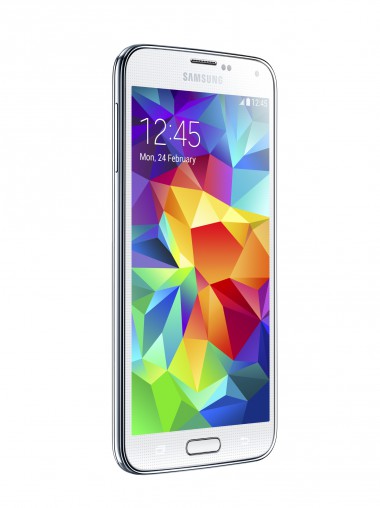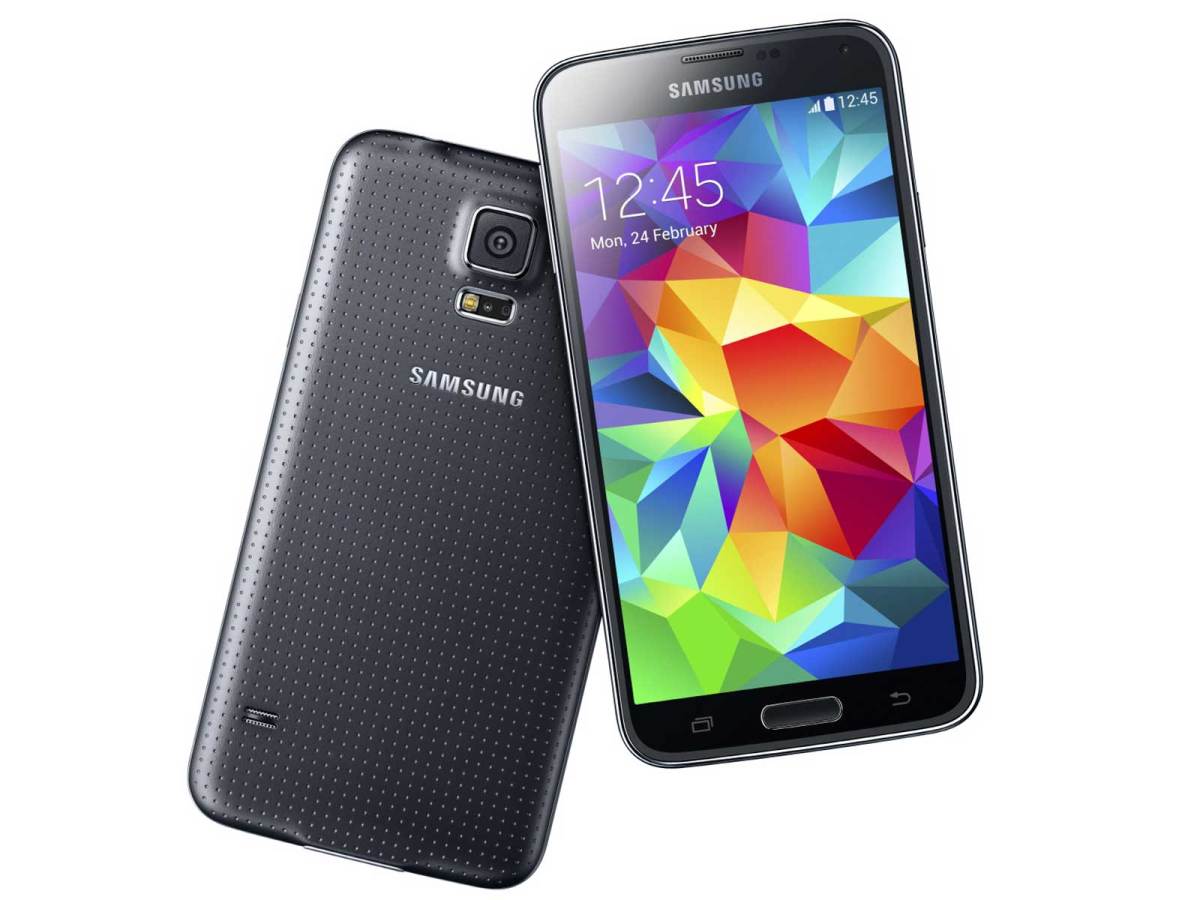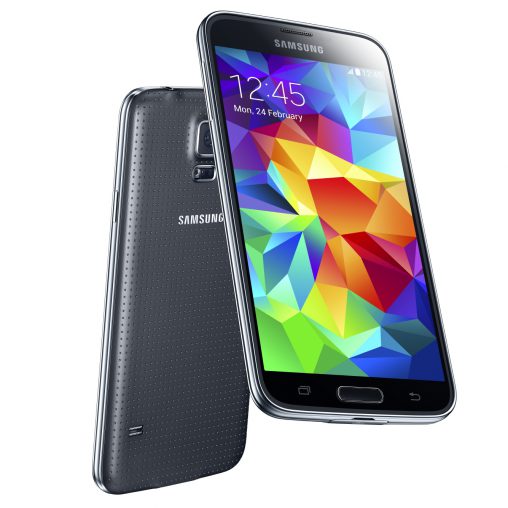
“Sooner or later, we all begin to resemble our enemies” (Bertolt Brecht)
It seems like a long time ago Samsung was mocking Apple’s pretensions. Television commercials made ostensibly for the US market, but quickly shared worldwide, showed bemused hipsters standing forlorn outside a wall of glass – let’s call it an Apple store – waiting for the Next Big Thing, while impossibly cool, attractive hipsters navigated their fixies and shared playlists with an NFC tap on their Samsung Galaxy S smartphone. That seemed like a long time ago last night at the official Australian launch of the Samsung Galaxy S5, the latest flagship smartphone from the Korean powerhouse that is moving in on Apple’s territory, both in terms of sales and public persona.
The official presentation for the Galaxy S5 lasted an incredible 45 minutes. Only Apple would attempt such a lavish presentation, and Samsung’s speeches and videos didn’t stray too far from the template that Steve Jobs and now Tim Cook wheel out with increasing infrequency. It should surprise no-one that the main man at Samsung marketing and the host for this launch is an ex Apple Australia senior employee, Arno Lenior. While Lenior has not yet reached Jobsian levels of charismatic cult leader he is good – nay, he’s very good – and he just about managed to pull off this extravaganza, with a little help from Samsung Australia marketer Jenny Goodridge, PayPal Australia’s Jeff Clementz and snowboarding brand ambassador-cum-hand model Alex ‘Chumpy’ Pullin. It was exhaustive, if not exhausting.
The main attraction through all this is the new handset, which takes everything we loved about the GS4 – touch and eye scrolling, language services, super fast 4G, a lovely design with great hand-feel – and throws in some really practical features, which Samsung is actively promoting as ‘made for Australia’. The first is IP67 water, dust and sand proofing. This means the GS5 can be submerged in up to one metre of freshwater for up to 30 minutes. This suits Australia’s coastal population, Lenior says, meaning we can take it to the beach, on a picnic, to the billabong or into the toilet and be comfortable that it will survive the journey and live to send another Tweet. The next great advance is Ultra Saving Power Mode, which converts the otherwise vivid Super AMOLED screen into black and white, disables specific battery guzzling apps and dispenses with the non-essentials to drastically enhance the life of the phone. Users can still make calls, send and receive texts and access the internet, but don’t expect to stream a movie if you want to reach the advertised 24 hours of battery life from just 10 per cent charge capacity.
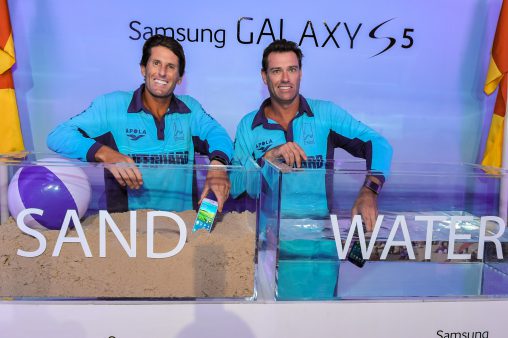
The third big new development is the best: Mobile Tap and Pay. With Westpac and the Commonwealth Bank on board at launch and the NAB and ANZ expected soon, this feature could really move some phones among the bank-tech-savvy youth market. Anyone that currently has a Westpac or CBA credit card, from either MasterCard or Visa, with tap-to-pay enabled, will be able to download a secure app onto the GS5, converting it into an extension of their credit card. Wherever you can pay by tapping your credit, and this is only becoming more pervasive, you will be able to tap your GS5 to get the job done. Lenior says Australia is the first country to get this feature up and running and Samsung is the first manufacturer to bring it to market.
It is an indication of how secure Samsung is in its marketshare; that current GS3 users coming to the end of their 24 month contracts will upgrade to the 5, amongst other contract breakers, that its focus is now squarely on proselytising to non-Samsung and non-Android users. To lubricate these Damascus moments, Samsung has introduced a conversion app that can analyse the content on a rival OS, copying contacts, music, notes and other data, before duplicating it onto the GS5. Samsung is banking heavily on this feature to win over iPhone users who have become entangled in the iOS ecosystem. An example of this investment is — and make of this what you will — Samsung ceding a GS5 to every launch attendee (journalist, blogger, corporate partner, hanger-on), along with what Lenior called a “white glove” personal transition session to get these presumed influencers off their current handsets and onto the GS5.
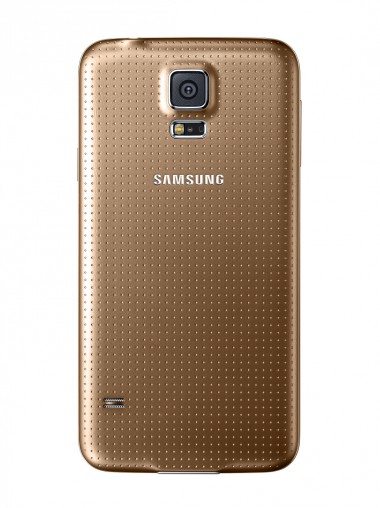
Samsung takes the training of influencers very seriously. The most important is the consumer sales touchpoint, either in a physical store or over the phone with call centre staff. Samsung has 43 trainers in the field today, 34 of which are dedicated to its Information Mobility (IM) team. This collection of Samsung evangelists promotes smartphones, tablets, Chromebooks and digital cameras to floor and call centre staff, teaching tricks such as switch training from iOS to Android. On Tuesday night, the IM training team presented to between 400 and 500 dealers at the Museum of Contemporary Art, the same location as the media launch, and are traveling to all mainland state capitals to spread this message.
“Our challenge is to put the Galaxy S5 in the salesperson’s hand,” one trainer told me after the launch. “It can be an expensive exercise and there is always a fear that they will immediately put them on eBay, but the most effective sales tool is what phone the salesperson has in their pocket. We teach switch training from iOS to Android, training for advocacy at sales points, call centres and in stores. It’s about teaching consumers how to switch.”
This system appears to be working. A well placed source at a major retail partner told me that the GS5 is set to be a winner at retail because, “The new features are good for demonstrating. Waterproof and toughness is much better for in-store showcasing than scrolling with your eyes or touch hovering: did consumers do that once after showing it off to their mates?”
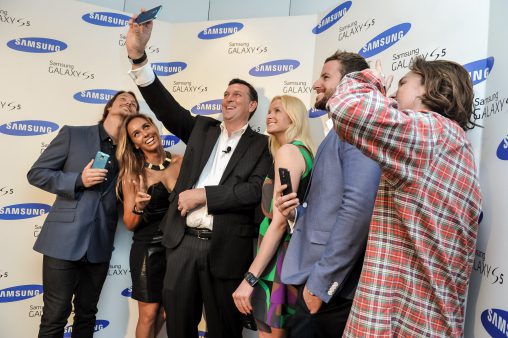
Practical features, as opposed to technologically awesome but ultimately unused novelties, was a recurring theme at the launch. Arno Lenior told me that the reason Mobile Tap and Pay will resonate is because it is “not reinventing how people pay. People love to tap to pay and this just makes it more convenient…you can throw away your wallet!” Lenior says Australia is a major Samsung market and, as such, his insights and the local engireening team’s recommendations are communicated up to Seoul and acted upon. The ‘Made for Australia’ tagline may seem a tad contrived – this is a global release – but there is definitely an Australianness to this release.
“There were a lot of great new features on the GS4,” Lenior says in a revealing moment of clarity, “but did they actually make a difference? The GS5 makes a difference.”
Feature fatigue is an issue Samsung is trying to address. How important are the fingerprint scanners, artificially intelligent personal assistants, automatic translators and retina scanners? Dan Ratner, managing director of Uberbrand says that while Samsung is right to work on switching consumers, features are actually becoming less and less relevant.
“Smartphones all offer similar functionality, meaning brands are now fighting a loyalty battle. Although they continue to innovate and add new features, these are quickly copied.”
Ratner said the attitude of brand is becoming essential to maintaining momentum, highlighting the manufactured anticipation for new Apple products, best evidenced by the queues outside stores, “even when there is little difference to the previous version”. These are the same queues Samsung has historically mocked but, one suspects, secretly covets.
(Still, the arms race for features will continue unabated. One well placed Samsung source tells me that a smartphone could have a rear casing filled with imperceptible helium-filled micro-balloons, so that if you dropped it in the water it would float. “Great for sailers and the nautical market!” he exclaimed.)
The Galaxy S5 will cost RRP $929 and will go on sale from 11 April 2014. It is also available from all the major telcos on myriad plans. Not a cheap smartphone: the HTC One M8 is RRP $899, the iPhone 5s (16GB) is RRP $869 and the Sony Xperia Z1 is RRP $779. I bring this up with a Samsung pro and he laughs: “If you want the best, you have to pay for it.”
Bertolt Brecht once said, “Sooner or later, we all begin to resemble our enemies”.
Samsung isn’t just resembling, it’s surpassing Apple.
